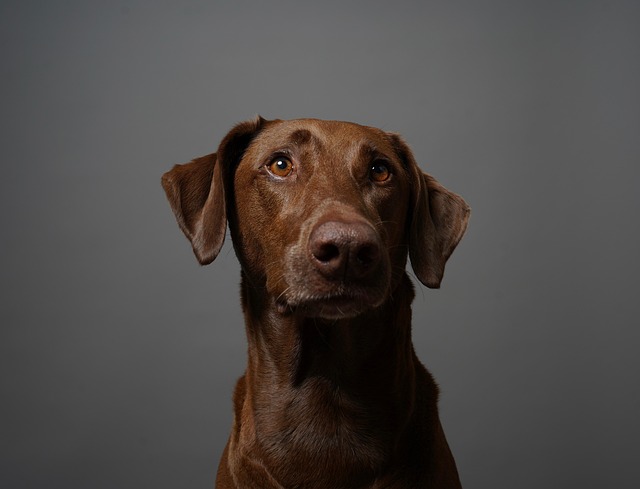
What is glaucoma in a dog?
You might notice your dog squinting more at mealtime or avoiding bright sunlight—these small changes could be early signs of a serious eye condition.
You might notice your dog squinting more at mealtime or avoiding bright sunlight—these small changes could be early signs of a serious eye condition. Glaucoma in dogs happens when fluid builds up inside the eye, increasing pressure that damages the optic nerve. Left untreated, it can lead to permanent blindness, so catching symptoms fast matters more than you might think. Even a dog who’s usually calm might rub their eye excessively or act irritable if the pressure starts to hurt.
Certain breeds are more prone to developing glaucoma—think Cocker Spaniels, Basset Hounds, and Siberian Huskies. If you have one of these breeds, your vet might suggest regular eye checks to spot issues early. Many local animal welfare laws require pet owners to provide adequate veterinary care, and staying on top of eye exams helps you meet that responsibility. It also keeps your dog comfortable; untreated glaucoma can cause intense pain, which no pet should have to endure.
 The two main types of glaucoma in dogs are primary and secondary. Primary glaucoma is inherited, meaning it runs in breeds, while secondary glaucoma stems from other eye problems like infections or injuries. Your vet will use special tools to check your dog’s eye pressure—this quick test is painless and can be done during a regular visit. If glaucoma is diagnosed, treatments might include eye drops to lower pressure or, in severe cases, surgery to relieve built-up fluid.
The two main types of glaucoma in dogs are primary and secondary. Primary glaucoma is inherited, meaning it runs in breeds, while secondary glaucoma stems from other eye problems like infections or injuries. Your vet will use special tools to check your dog’s eye pressure—this quick test is painless and can be done during a regular visit. If glaucoma is diagnosed, treatments might include eye drops to lower pressure or, in severe cases, surgery to relieve built-up fluid.
Acting fast is key when it comes to glaucoma in dogs. If you notice redness in your dog’s eye, cloudiness, or sudden changes in their vision—like bumping into furniture—call your vet right away. Delaying treatment can make the condition worse, and some cases progress to blindness in just a few days. Many pet insurance plans cover glaucoma treatments, so checking your policy ahead of time can help ease the financial stress of unexpected care.
As a dog owner, staying informed about conditions like glaucoma helps you keep your pet healthy. You can make small changes at home, too—like keeping cleaning products with harsh chemicals out of your dog’s reach, since eye irritation can sometimes lead to secondary glaucoma. Also, familiarize yourself with local laws about pet health records; some areas require proof of regular vet visits if you board your dog or take them to public dog parks.
Learning about glaucoma in dogs gives you the tools to protect your pet’s vision and comfort. By watching for early signs, scheduling regular vet checks, and following local pet care laws, you’re giving your dog the best chance at a happy, healthy life. Whether you’re playing fetch in the yard or cuddling on the couch, keeping your dog’s eyes healthy lets them enjoy every moment with you—something both of you will cherish for years.

You might notice your dog squinting more at mealtime or avoiding bright sunlight—these small changes could be early signs of a serious eye condition.

Let’s set the scene: It’s a sweltering Phoenix afternoon—105°F outside—and you rushed your 2-year-old Lab mix, Cooper, on a quick walk to “get it over with.”

Let’s get real: You’re in your Miami apartment, watching your 3-year-old Corgi, Loki, struggle to climb the stairs to your second-floor unit.

Many dog owners brush off occasional scratching as just “dog behavior,” but persistent itching often signals something more—like a food allergy.

You might first notice your dog scratching more than usual—chewing at their paws until the fur looks thin, or rubbing their face against the couch nonstop.

Let’s be real: You’re standing in your Chicago apartment, watching your 3-year-old Beagle, Max, huff and puff just to climb onto the couch.